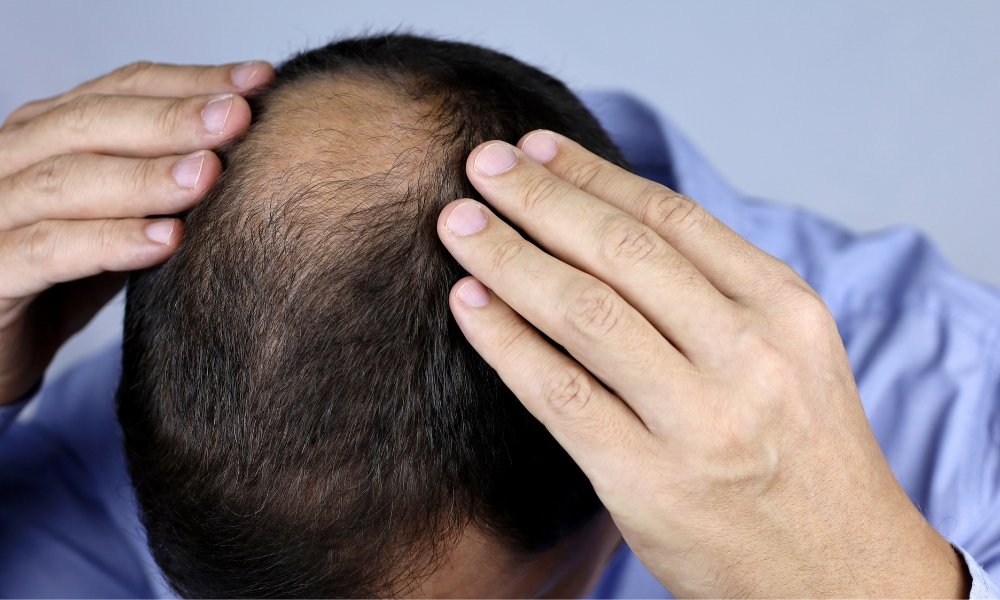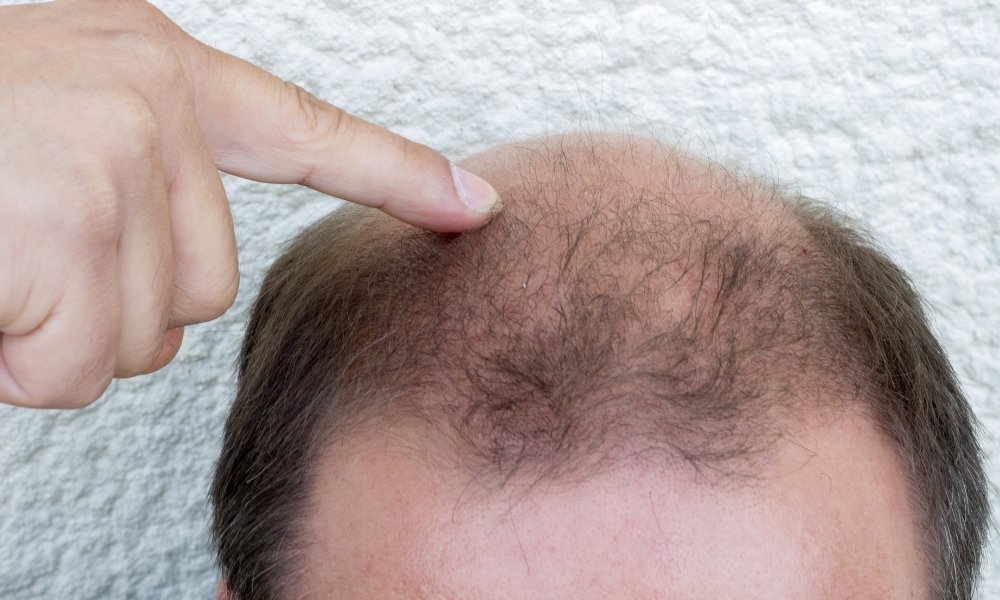
Male & Female Pattern Hair Loss (Androgenic Alopecia)
Pattern Hair Loss in Men & Women (Androgenic Alopecia)
Pattern hair loss is the most common form of hair thinning seen in both men and women. While the condition manifests differently across genders, it remains a significant concern for many. Thankfully, effective treatments are available for both male and female pattern hair loss, offering hope to those affected.
We typically see over a 60% chance of hair re-growth in patients undergoing treatment. Many others experience stabilization and a noticeable slowdown in hair loss progression. Our patient photo-scans demonstrate the success of numerous individuals who have followed our treatment protocols. Please note that results vary based on individual cases and are not guaranteed.
In men, pattern hair loss often presents as vertex balding and/or a receding frontal hairline. In women, it usually appears as diffuse thinning across the crown or top of the scalp. While male pattern hair loss can begin in the late teens or early 20s, female pattern hair loss typically starts around age 30 and becomes more noticeable by age 40. Post-menopause, the effects may intensify, with about 50% of women experiencing some degree of hair thinning by age 50 due to androgenic alopecia, diffuse hair loss, or telogen effluvium.

Pattern hair loss in both men and women is often caused by a condition known as Androgenetic Alopecia. In women, this usually presents as overall thinning—two hairs where five used to be—rather than the more common bald area on the crown seen in men. Women may also experience a receding hairline, though it is less pronounced than in men. Temporary conditions such as pregnancy, medication, diet, or stress can cause hair thinning, but around 70% of those who experience chronic thinning (especially women) can attribute it to Androgenetic Alopecia.
The signs and symptoms differ slightly by gender. In women, it usually results in general thinning over the top of the head or crown. In men, it tends to begin with a receding hairline or vertex balding.
Within the hair follicles affected by pattern hair loss, biologically active testosterone is converted by an enzyme into a more potent hormone derivative called Dihydrotestosterone (DHT). This hormone inhibits the metabolism of genetically predisposed hair cells, gradually causing them to produce finer, weaker hair. Over time, as the follicle continues to shrink, it may eventually die—resulting in permanent hair loss. In men, this often leads to clearly defined bald areas. In women, true bald patches are rare, but thinning may become significant, especially on the crown.
The Thinning Process
As you age, a mix of hereditary factors, hormonal changes, and aging causes hair follicles to shrink. This limits the hair’s ability to grow normally. In both men and women, affected follicles produce shorter, finer hairs in each cycle. Women may notice a widening part or thinner ponytail, while men may see receding hairlines or thinning at the crown.
Hormonal Influence on Hair Loss
Hormonal changes are a major cause of hair loss in women and can also affect men. For women, events like pregnancy, menopause, or stopping birth control pills can lead to noticeable, often temporary, thinning.
During pregnancy, hormonal shifts push more follicles into the growth phase. After childbirth, as hormones normalize, many hairs return to the resting phase, leading to temporary excessive shedding. This usually resolves within six months. However, if thinning continues beyond this, it may be due to underlying female pattern hair loss that was masked during pregnancy.

